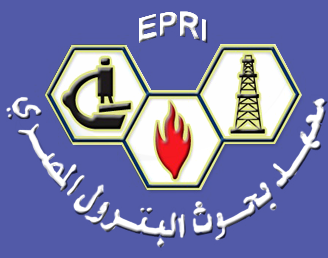Article Type
Research Paper
Abstract
One of the most crucial methods in the modern oil and gas sector is the 3D geostatic modeling approach. Characterizing reservoir continuity and homogeneity is easier by the ability to combine many data types (i.e. seismic, geological, and geophysical characteristics), into one container via 3D modeling. Additionally, the use of 3D modeling techniques enables the compression of uncertainties associated with the stochastic distribution of reservoir features, allowing the consideration of several reservoir distribution realizations in STOIIP Calculations, risk and uncertainty analysis, and well planning.[1] This study aims to use 3D static modeling workflow to integrate seismic data and well log data for better identification for the Kareem reservoir boundaries, which is the only reservoir of GS277 field. 3D seismic data was the main data used to construct the interpreted horizons and fault sticks to generate structural model. Volume Based Modeling (VBM) technique is used to enables to build complex structural models from sparse or noisy data. Structural interpretation shows NW–SE oriented faults dividing GS277 into three structural blocks. The property modeling process was done to distribute the facies and porosity to express the reservoir lateral extensions and porosity enhancement trends. The model expressed the detailed zonation of the Kareem reservoir in GS277 field emphasizing the heterogeneity of Kareem reservoir in terms of porosity and facies. The model key findings led to construct a robust depletion plan for Kareem sand in GS277 field. In addition, it highlighted a development opportunity within GS277 field nearby GS277-A5 well. In addition, the model highlighted an exploration opportunity to the east of the producing well GS277-A5
Keywords
Reservoir Modeling, · Kareem Formation, Petrophysical modeling, · Facies Modeling, · Seismic interpretation ·, Gulf of Suez
Recommended Citation
Abu-Hashish, Mohamed Farouk; Elmaadawy, Khaled; and Hussein, Ismail Ahmed
(2024)
"Geostatic Reservoir Modeling of the Kareem Formation in GS277 Oil Field, Gulf of Suez Egypt,"
Egyptian Journal of Petroleum: Vol. 33
:
Iss.
1
, Article 9.
Available at: https://doi.org/10.62593/2090-2468.1006
Creative Commons License

This work is licensed under a Creative Commons Attribution-NonCommercial-No Derivative Works 4.0 International License.







